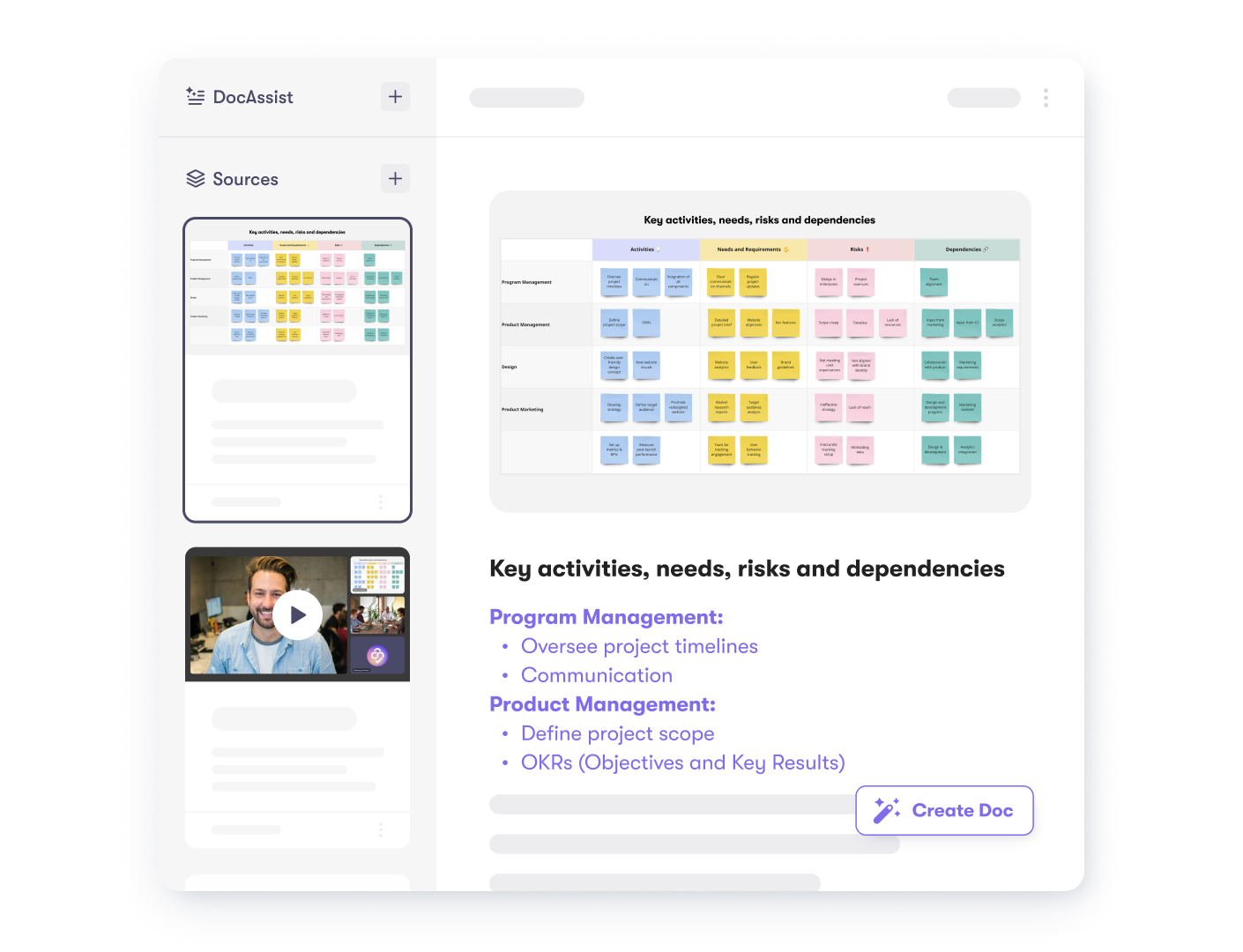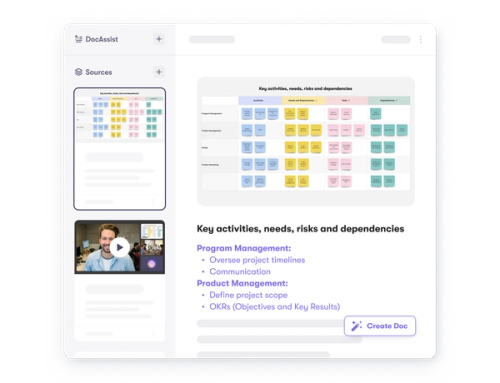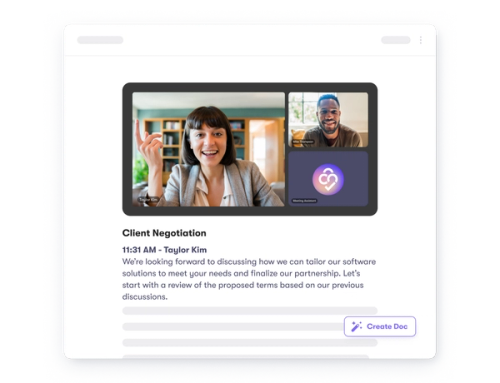Campaign Planning 101: How to Kickstart Your Campaign

What is campaign planning?
A campaign is an organized plan of action to achieve a set objective. This could be anything from a military operation to a political campaign, but in this guide, we’re going to be referring specifically to marketing campaigns. In order for any type of campaign to be successful, it needs to be thoroughly planned out from beginning to end.
Campaign planning is the process of mapping out a course of action over a set period of time. A campaign plan should include all required resources, processes, stages of action, expected results, and designated stakeholders. All of this information should be clearly communicated well before the campaign is due to begin. This is why proper campaign planning is crucial.
Who is involved in campaign planning?
A marketing campaign should, of course, involve the entire marketing team. Everyone from designers and content creators to social media managers and brand managers should be involved from the very beginning. As you begin planning your campaign, set up a meeting with both the marketing and creative teams in order to properly assess the required efforts from each individual and then assign responsibilities and tasks. Beyond the marketing team, you should also consider involving your PR team in the campaign so that they can put together an appropriate communication plan. Additionally, you can touch base with your product team to see if your product has any planned releases that would coincide with the campaign. If the campaign is focused on the release, then you should meet with the product team even before planning the campaign. In this case, it’s extremely important that your marketing team fully understands the new product release in order to plan content around the new feature.
Coordinating with so many different teams and departments can be tricky, so in order to keep everyone aligned throughout the campaign planning process, using a centralized platform like Collato is super useful. You can use Collato as a 360 meeting assistant by inviting it to your online meetings. Then, Collato can even generate documents based on the transcripts, audio files, handwritten notes, pictures of sticky notes, and more.

Campaign planning in 5 steps
Campaign planning does indeed require considerable organization, forethought, and communication. There are a lot of moving parts in place that need to be considered before putting a plan together. But if you follow these steps, your campaign planning will set your team up for success well before launch day.
Step 1: Understand the objective
In order to determine how extensive a campaign will be and which resources will be required, it’s necessary to first determine what the goal of the campaign will be. If it’s brand awareness, you’ll want to involve your social media team, brand managers, PR, and content marketers. If your goal is lead generation, you might also need help from your tech team to incorporate sign-up forms on your website. The objective of your campaign will determine who the stakeholders are.
Step 2: Determine required resources
Once you’ve nailed down your campaign’s goal, you can figure out what you will need before you begin planning your campaign. Will you need visuals? Copy? New landing pages? Social media posts? What technical requirements does your campaign have? Sit down with your marketing team and map out each phase of the campaign. You should be specific as to which marketing channels you will use and what type of content will be required for each of them.
Step 3: Involve stakeholders
Only after you’ve determined which resources your campaign will utilize should you involve stakeholders. Especially if you’re working with external stakeholders or even just someone from a different team, be sure to outline exactly what you require of them in detail. For your own team, you can break down the requirements into tasks for each team member to complete. By using a campaign planning template, you can track each team member’s progress to ensure everything is completed on time.
Step 4: Create a timeline
When you touch base with all the stakeholders involved in the campaign, you should have a good idea of how long it will take each person to complete their tasks, and you can start putting together a schedule. Include dates for first and second reviews as well as approvals, and make sure there is enough time between final approval and publication to leave room for potential setbacks and delays. For external freelancers or designers, provide a deadline for both asset review and final approval so that they’re aware of the timeline well in advance. For a centralized overview of your campaign planning timeline, use a template like this one which has a calendar view in addition to a Kanban board.
Step 5: Track progress
Make sure your campaign plan stays on track by tracking the progress of each step. Have each stakeholder update their status for their assigned task, and check in regularly with the team to make sure there aren’t any bottlenecks blocking progress. Having regular check-ins can help with clarity and ensures that everyone is on the same page throughout the campaign planning process.
A campaign planning template to get you started
If you want to be able to prepare for your campaign properly, you’ll need a centralized overview of deadlines, assigned tasks, owners, and projects. You can try setting it up in a complicated Excel spreadsheet (good luck!), or you can use Collato’s ready-made template, which was designed specifically for marketers to plan their campaigns. Use the template to work with your colleagues and generate ideas, develop a plan, estimate the required resources, and determine campaign metrics. Collato's collaborative campaign planning template can improve your team's productivity by providing clarity on assignments and transparency on campaign progress.
Planning a marketing campaign can be a complicated ordeal involving deadlines, visual assets, content, and feedback from various teams and stakeholders. You’ll need a solid plan in place to manage all these moving parts. But if you follow these steps to create the perfect campaign plan, you should be golden!





